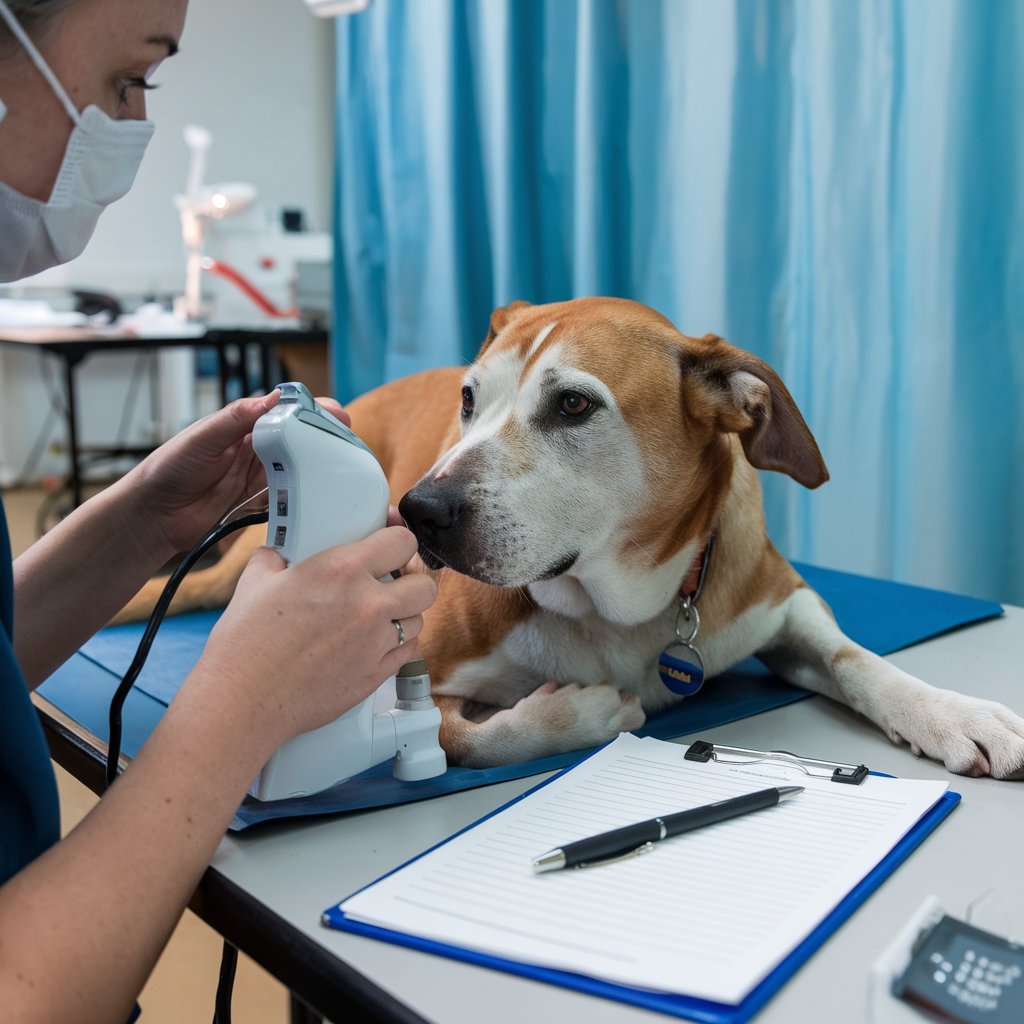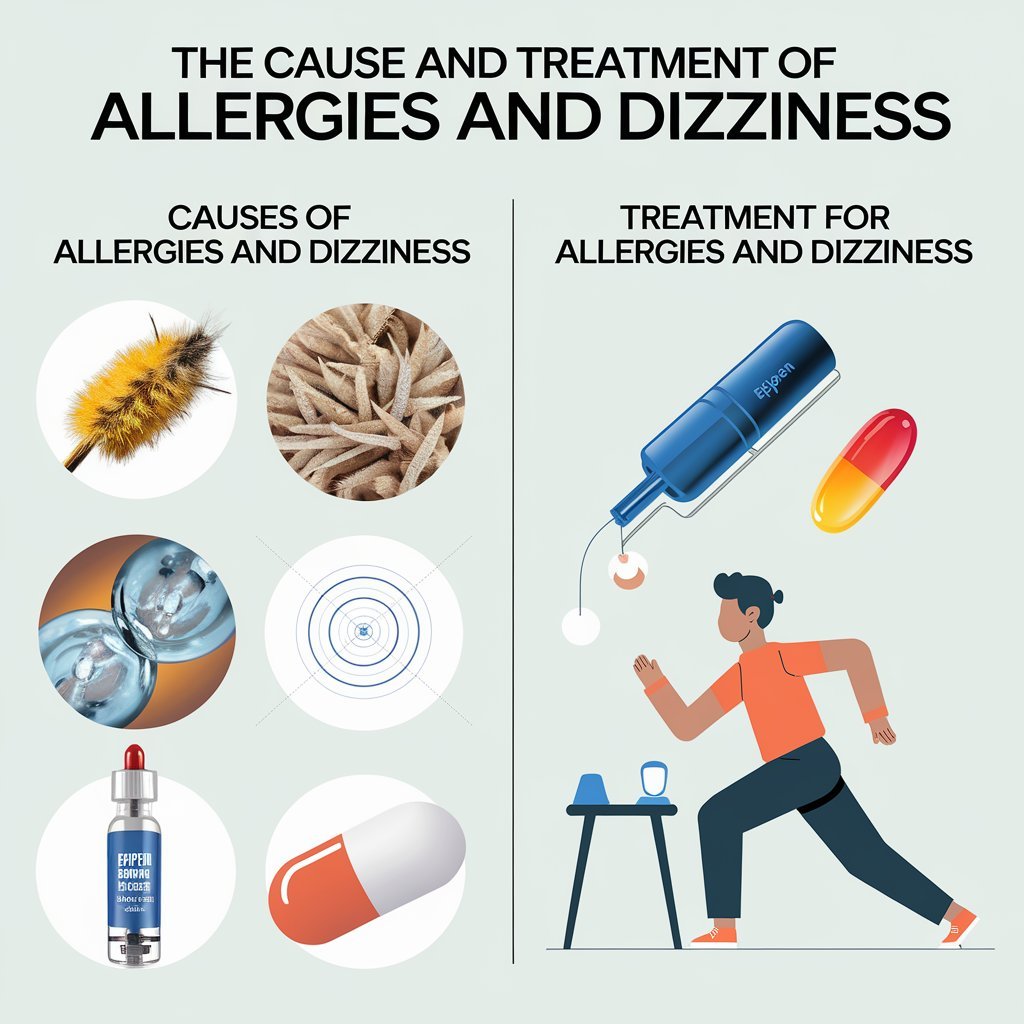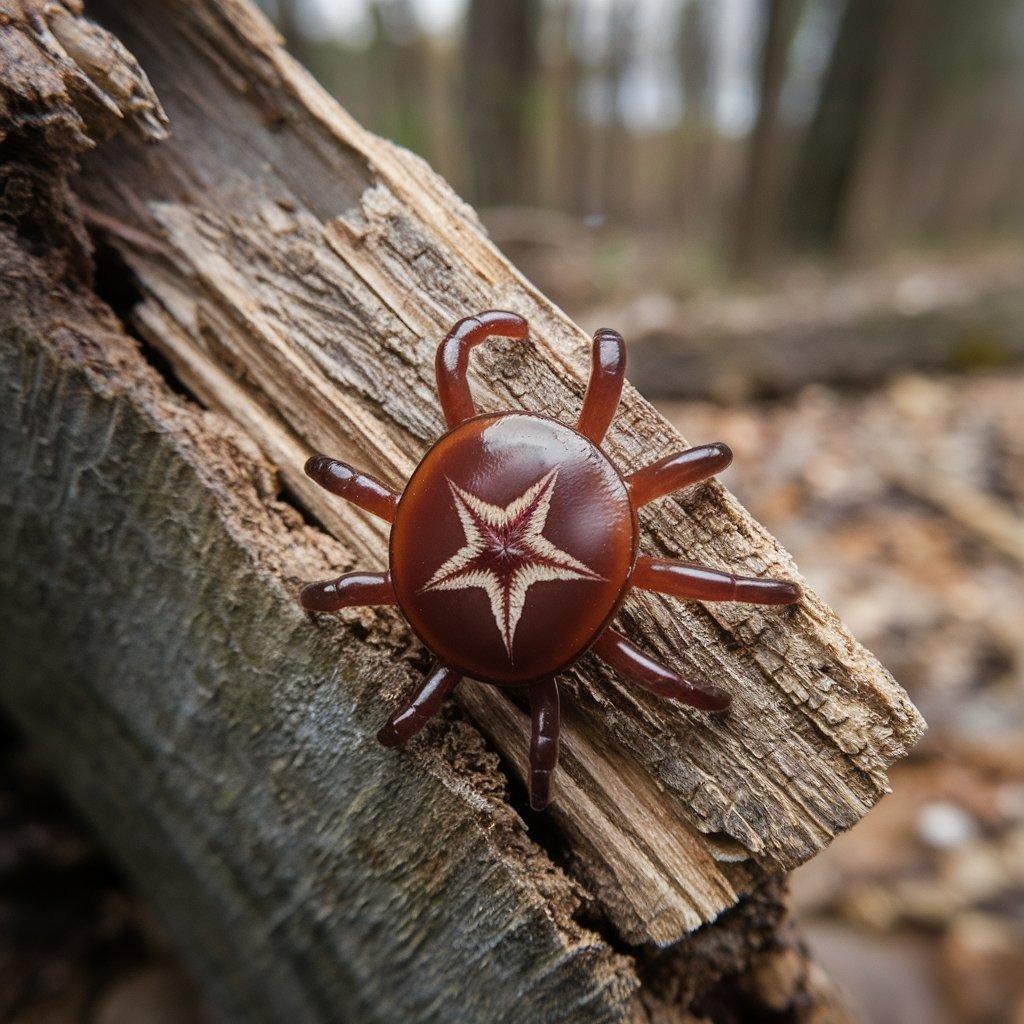The signs of a bed bug bite include small, red, and itchy bumps clustered in zig-zag patterns of three or more. Sometimes the marks show one day after contact with the bed bugs and at other times can take as long as 14 days.
Bed bugs (Cimex lectularius) are small, nocturnal insects that feed on human blood. These pests tend to live within eight feet from where people are sleeping and oftentimes can be found in mattresses.
Due to the similarity in appearance of bed bug bites to those of other insects, it may be hard to know whether you have a bed bug bite until you detect an infestation. Bed bugs or their exoskeletons that they shed may appear on the edges of the mattress or sheets, blood spots on the mattress, and a sweet, musty odor may indicate an infestation.

Bed bugs normally do not cause significant harm to individuals but provide annoyances that are often painful to experience and may create stress and sleep deprivation for individuals. In rare instances, bed bug bites may create infections on the skin or even severe reactions.
Red or Swollen Bumps
Bed bug bites vary in size and appearance; it is a bit difficult to distinguish them as bites from another insect. They can be a small, thin raised edge similar to a pimple, and some bites could grow to become as large as five centimeters in diameter; this is known as a wheal, and it may be extremely itchy.
However, bed bug bites usually have a red dot in the center of the bite, surrounded by raised, irritated skin. This is usually considered the original bite mark, which then swelled as a result of your body’s immune response to the insect’s saliva.
Even though these insects can literally bite you any place in your body during nighttime, most typically, bites happen on parts that are normally bare, such as the face, neck, hands, and even arms.
Itching
When bed bugs feed on you, they inject their saliva into your skin, just like mosquitoes. The saliva helps the bed bugs suck more blood faster, but it also causes a mild allergic reaction in most people, creating an intense feeling of itchiness.
The itchiness may begin almost as soon as you are bitten or it may start after days or weeks. There is a great variation in how people react to the proteins in bed bug saliva, which causes an allergic reaction. Some people are more allergic than others, while some people might not react at all.
Clustered Bites
Bed bugs often travel while feeding at night, so their bites can create a series of bites along one area of the skin. It can cause lines of bites in a zig-zag pattern or even clusters of three or more bites in a small area.

In more severe infestations, it is also possible to develop a rash or dermatitis (skin inflammation) as a result of bed bugs. This is partly because there are many clusters of bites grouped together and partly due to further skin irritation caused by scratching at existing bites.
Skin Infections
Secondary skin infections due to bed bug bites may occur in some individuals. Such an infection develops as a result of introducing bacteria into the outer skin layer through excessive scratching of the skin. In addition, if an individual is hypersensitive to the saliva injected through a bed bug bite, the infection is likely to occur.
Reactions of a skin infection include blisters, skin tenderness, oozing or pus, intense redness, hives, and fever.
Children are, in particular more susceptible to other infections such as impetigo that is easily caused by germs like strep group A, which normally penetrate the affected skin areas through bites. For impetigo, antibiotics apply, so if your child has itching, red or sore spots in his or her skin, have them see his or her doctor or pediatrician as soon as possible for antibiotics.
Some skin infections from bites may be treated using antihistamines, topical corticosteroids, antiseptics, or antibiotics. Seek to visit a dermatologist or another medical practitioner in case of the manifestation of symptoms indicating an infection. It would also be crucial when the case appears as though a bed bug infestation exists.

Anaphylaxis
In rare cases, some people can have a severe allergic reaction to bed bug saliva. This is called anaphylaxis, and it can present with symptoms such as:
- Difficulty breathing
- Swollen tongue
- Increased heart rate
If you experience any of these symptoms, seek emergency medical attention.
When to Contact a Healthcare Provider
Most people can treat their bed bug bites at home with over-the-counter antihistamines and corticosteroids, such as topical hydrocortisone.
However, if you have a large number of bites, have a rash or dermatitis, or notice signs of a skin infection, such as redness, swelling, or pus discharge, you should see a healthcare provider as soon as possible.
If you find a lot of bites or swollen bumps on your skin and are quite sure you don’t have an encounter with bed bugs, it would be good to visit a dermatologist in order to ensure that you have not come in contact with anything else that can cause these.
Last, but not least, if you suspect that you are suffering from bites from bed bugs and you find any symptoms of anaphylaxis, then you should call for urgent medical care. In fact, it is a dangerous condition.




